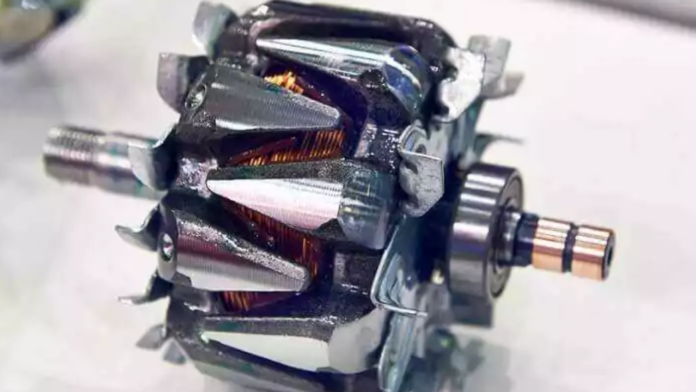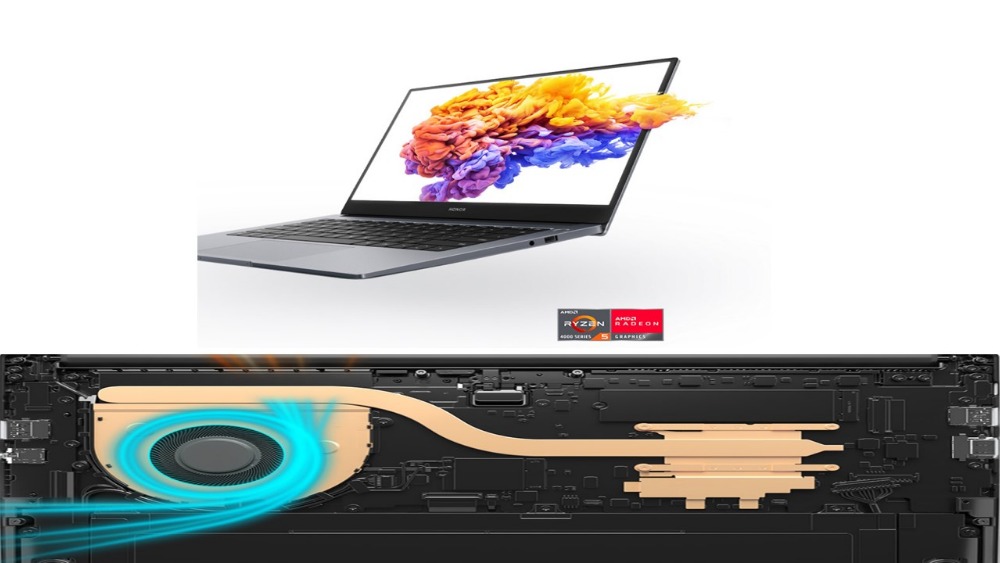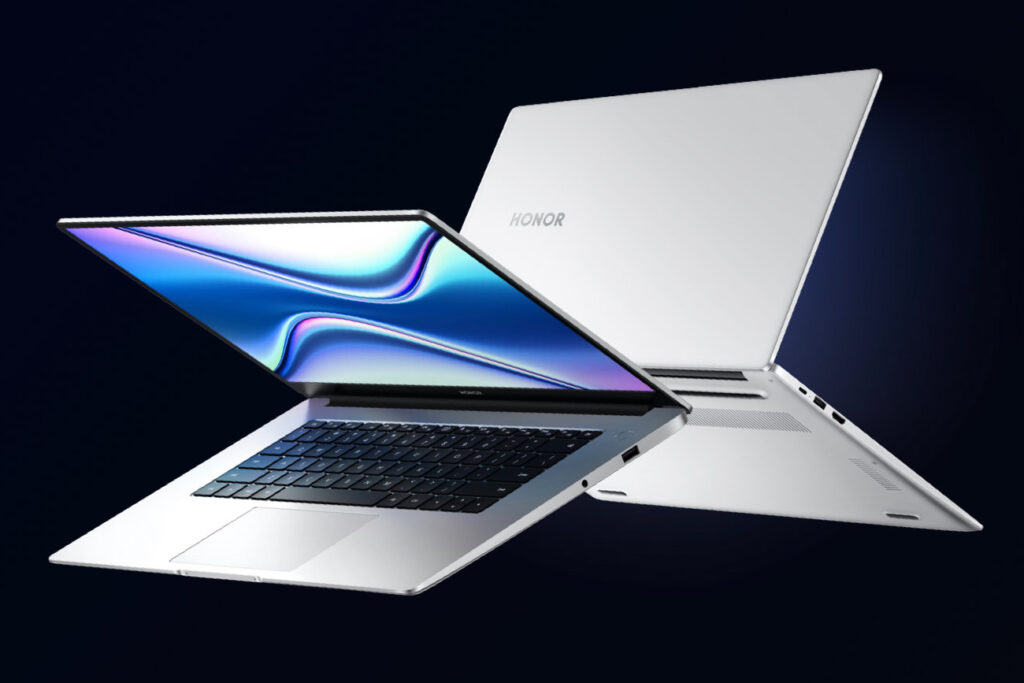The worldwide automobile industry has undergone a significant transition in recent years, owing to the rapid development and adoption of new energy vehicles (NEVs). These revolutionary vehicles, powered by alternative energy sources, are transforming the transportation scene by lowering carbon emissions, reliance on fossil fuels, and overall environmental effects visit page to learn more about the automobile’s new energy vehicles.
This article looks at the rise, benefits, and challenges of NEVs, as well as how they are altering the future of transportation. New Energy Vehicles include a variety of innovations such as battery electric vehicles (BEVs), plug-in hybrid electric vehicles (PHEVs), and fuel cell vehicles (FCVs). The automobile industry’s future unquestionably includes a shift towards new energy vehicles.
What breakthroughs in NEV technology can we anticipate?
To make NEVs more practical, affordable, and appealing to consumers, scientists and automakers are always trying to improve battery efficacy, automobile range, charging facilities, and general technology. New Energy Vehicle (NEV) technology advancements are fast influencing the coming years of mobility.
Challenges and considerations inside the Adoption of the latest energy motors
While new power automobiles (NEVs) hold excellent potential for a sustainable future in transportation, their widespread implementation isn’t without challenges and considerations.
Charging Infrastructure
One of the most significant hurdles for NEV adoption is the creation of reliable and convenient charging infrastructure. Charging an electric car takes longer than normal refueling, needing efficient and excellent charging stations. Governments and private businesses are working to expand charging networks.
Battery technology and range
The general efficiency and range of NEVs are determined mostly by battery production. While developments have resulted in more energy density and longer stages, customers still endure “variety anxiety”—the dread of running out of juice before reaching an electrical outlet. Consistent investment in research and development is required to improve battery capacity, charging rate,
Affordability
The upfront expense of NEVs, specifically battery electric motors (BEVs), remains a significant obstacle to widespread adoption. Even if lower operating costs over time might balance the initial expenditure, governments and manufacturers must work together to provide more appealing incentives and subsidies that make NEVs financially accessible to a wider range of buyers.
Client attention and education
Many customers are still unaware of NEVs and may lack correct information about their benefits, era, and available fashions. A complete scholarly effort is desired to raise awareness, dispel myths, and educate customers on the benefits and operation of NEVs.
Resale fee and Depreciation
Because of the rapid developments in technology, the resale price of NEVs may be unpredictable. Concerns about battery degradation and the availability of replaceable elements may induce trepidation among potential buyers. Developing clear and consistent information about battery fitness and renovation can help with this task.
Environmental Effect of Battery Manufacturing
While NEVs emit fewer emissions while operating, the environmental impact of producing their batteries must be considered. The extraction and processing of raw materials such as lithium, cobalt, and nickel help to alleviate concerns about environmental impact and moral sourcing. Industry efforts to develop more environmentally friendly battery materials and recycling methods are critical.
Grid capability and power demand
As the number of NEVs on the road grows, so will the demand for electricity. This may put existing energy grids under strain, particularly during peak charging hours. Smart charging solutions, the vehicle-to-grid era, and coordination among major carriers and automobile manufacturers can all aid in project management and energy optimization.
Technological Standardization
The NEV market is unexpectedly developing, with several manufacturers adopting distinct charging needs, battery types, and vehicle architectures. Standardizing technology and interoperability among manufacturers can increase user delight while decreasing issues with compatibility.
Final Words
This conclusion is not an ending, but rather a portal to unknown alternatives. As technology advances, we may see a future in which transportation and environmental protection coexist effortlessly. The harmony of quiet electric propulsion, the development of charging stations, and the interaction of renewable energy sources and vehicle power all work together to harmonize modern highways.







